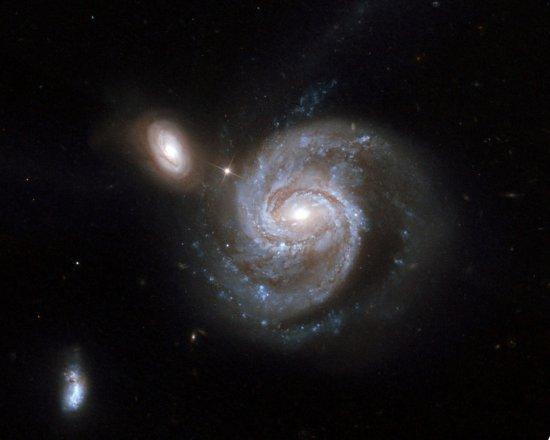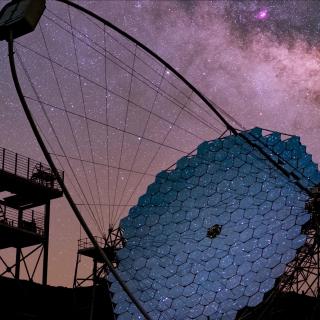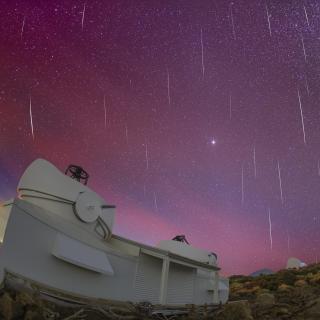By Natalia Ruiz Zelmanovitch
There are many kinds of stars in the Universe that are generally classified according to their brightness and colour. The brighter a star is, the bigger it is, and this property is directly related to the mass and age of the star. The most massive stars rapidly consume all the fuel in their interior, and this means not only that their lives are shorter than those of less massive stars but also that their deaths are spectacular. When they reach their end, they explode as supernovae, providing us, in most cases, with an impressive display in the form of magnificent remnants with stunning shapes and colours. Depending on their distance, these supernova explosions can last for several months, or even years, and their brightness can exceed that of the entire galaxy that hosts them.
Further information: Spanish press release



